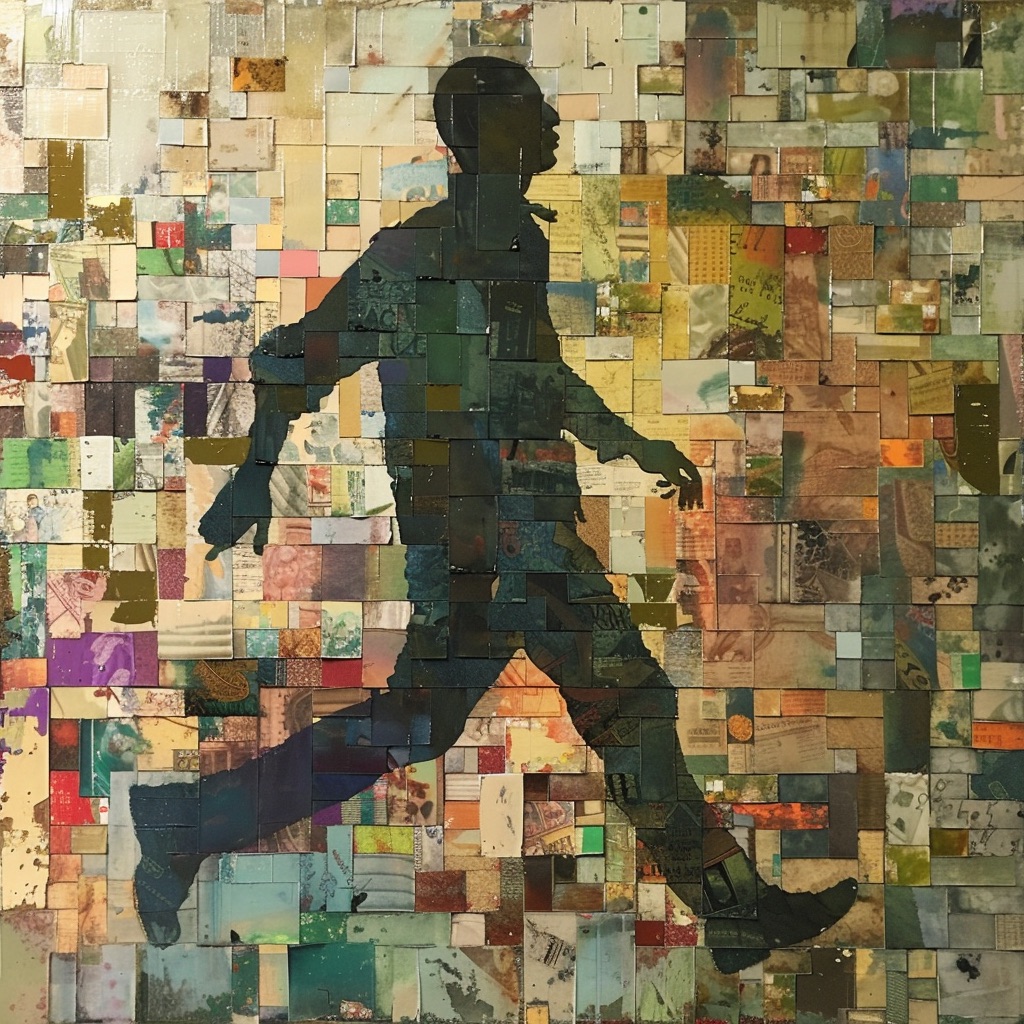For us, in short, ‘walking art’ is art in which ‘walking’ is an integral part of the work. Wikipedia uses a definition that’s a bit more strict, but describes walking art, and its history, well.
Walking art does not limit itself to a particular format, but here are some contexts, typical for art that incorporates ‘walking’ as part of its expression.
Performance Art
Artists use walking as a performative act, creating art through their movement in specific environments. This can involve solitary walks, group walks, or choreographed walking performances in public or natural spaces.
Conceptual Art
In conceptual art, the idea behind the walk is often more important than the walk itself. Artists might document their journey, collect objects, or reflect on the experience, using walking as a means to explore themes like time, space, and human interaction with the environment.
Environmental Art
Walking art can also be a form of environmental art, where the artist engages directly with the landscape. This could involve creating temporary or permanent artworks along a walking route or drawing attention to environmental issues through the act of walking.
Psychogeography
A term associated with the Situationist International movement, psychogeography involves exploring urban environments in a way that encourages new experiences and perceptions. Walking becomes a tool to uncover hidden aspects of a city and to experience it in a fresh, unplanned manner.


